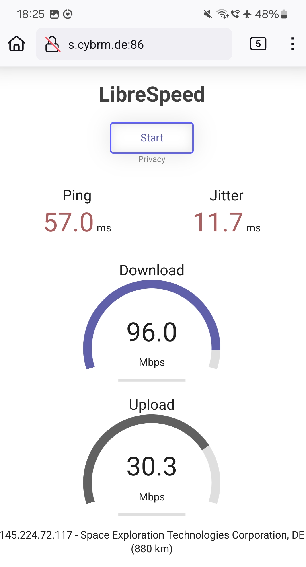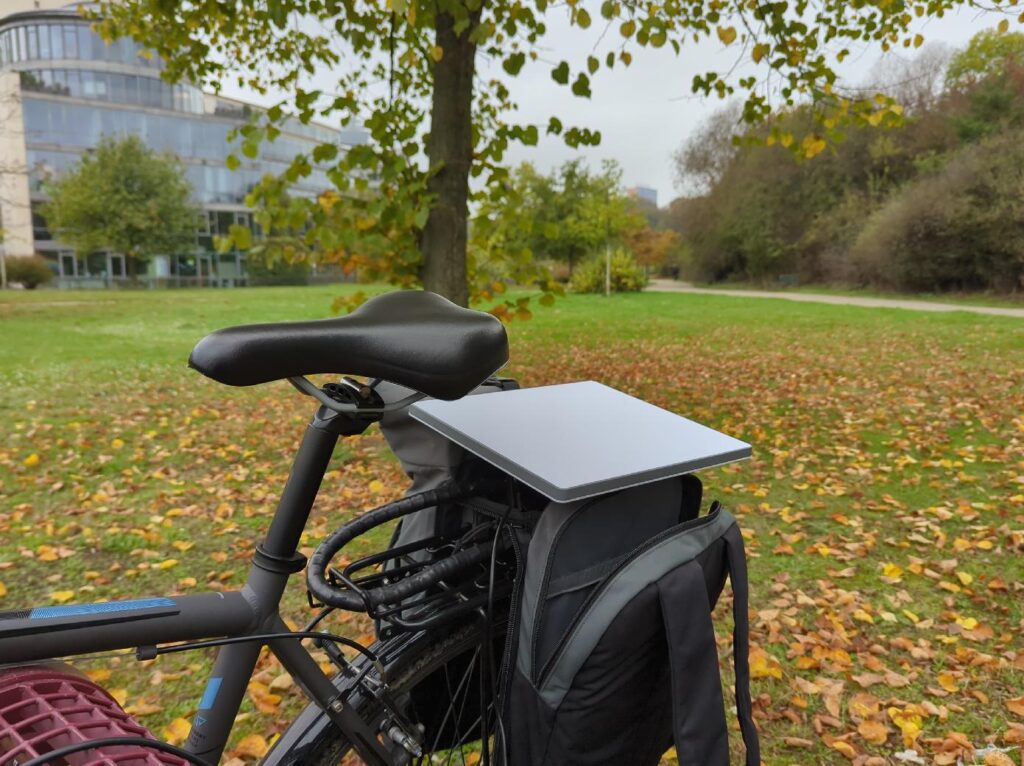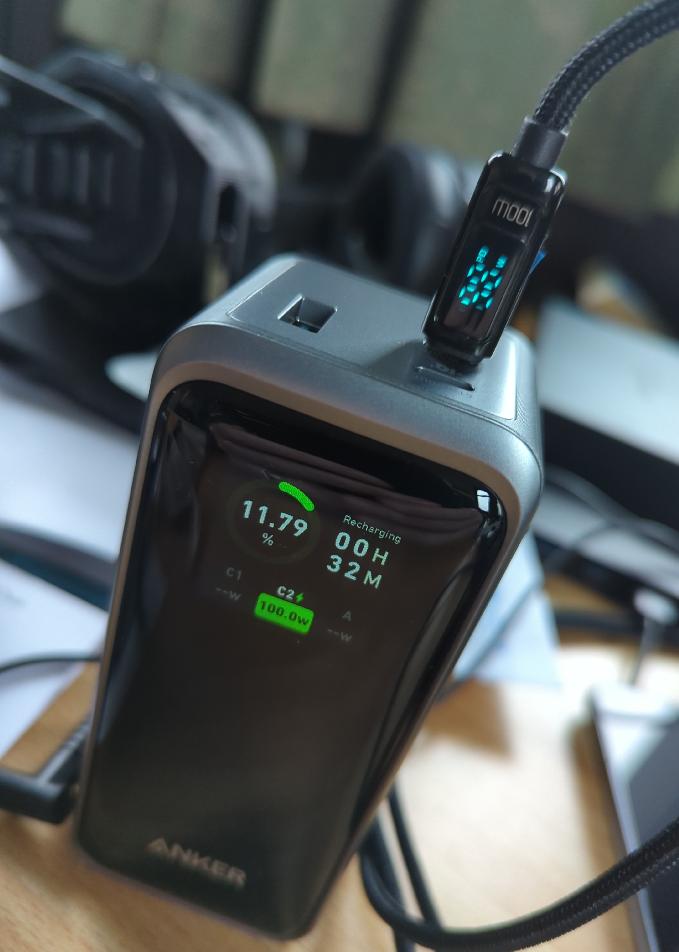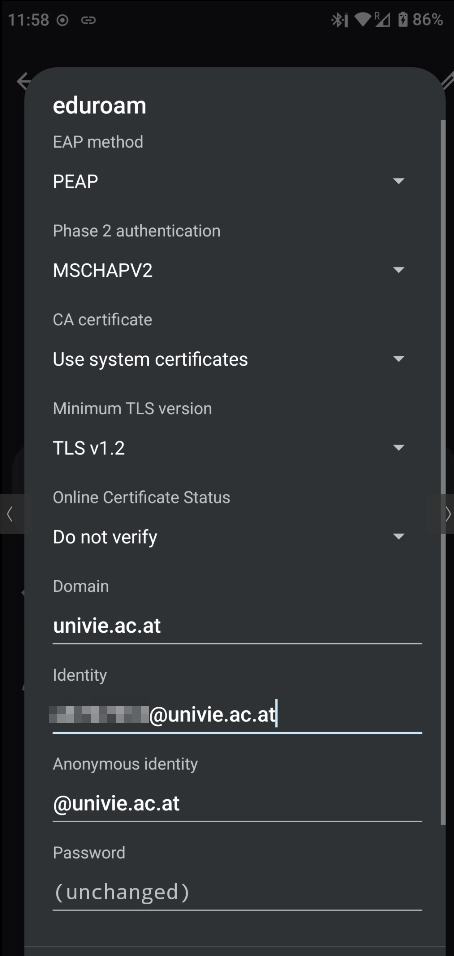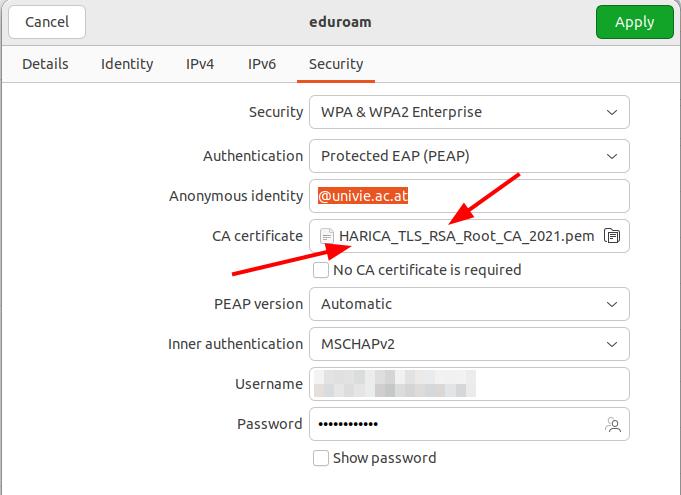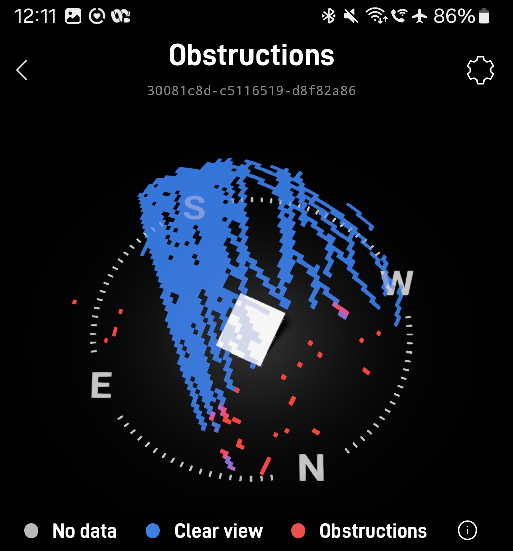
Continued from part 2: With the truly ‘mobile’ Starlink Mini, I set off with my bicycle and also with a car a few days later to try out satellite Internet connectivity in a number of different places. Particularly, I was interested in how obstructions impact connectivity. Like for the big dish, the connectivity equation is actually quite simple: At least half the sky must be visible and unobstructed, and trees are the natural enemy.
Continue reading Starlink Mini – Part 3 – Performance and Obstruction